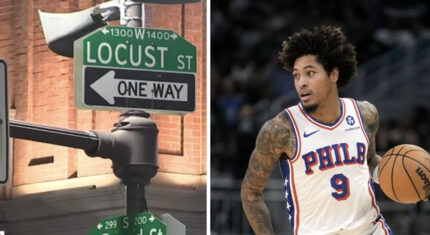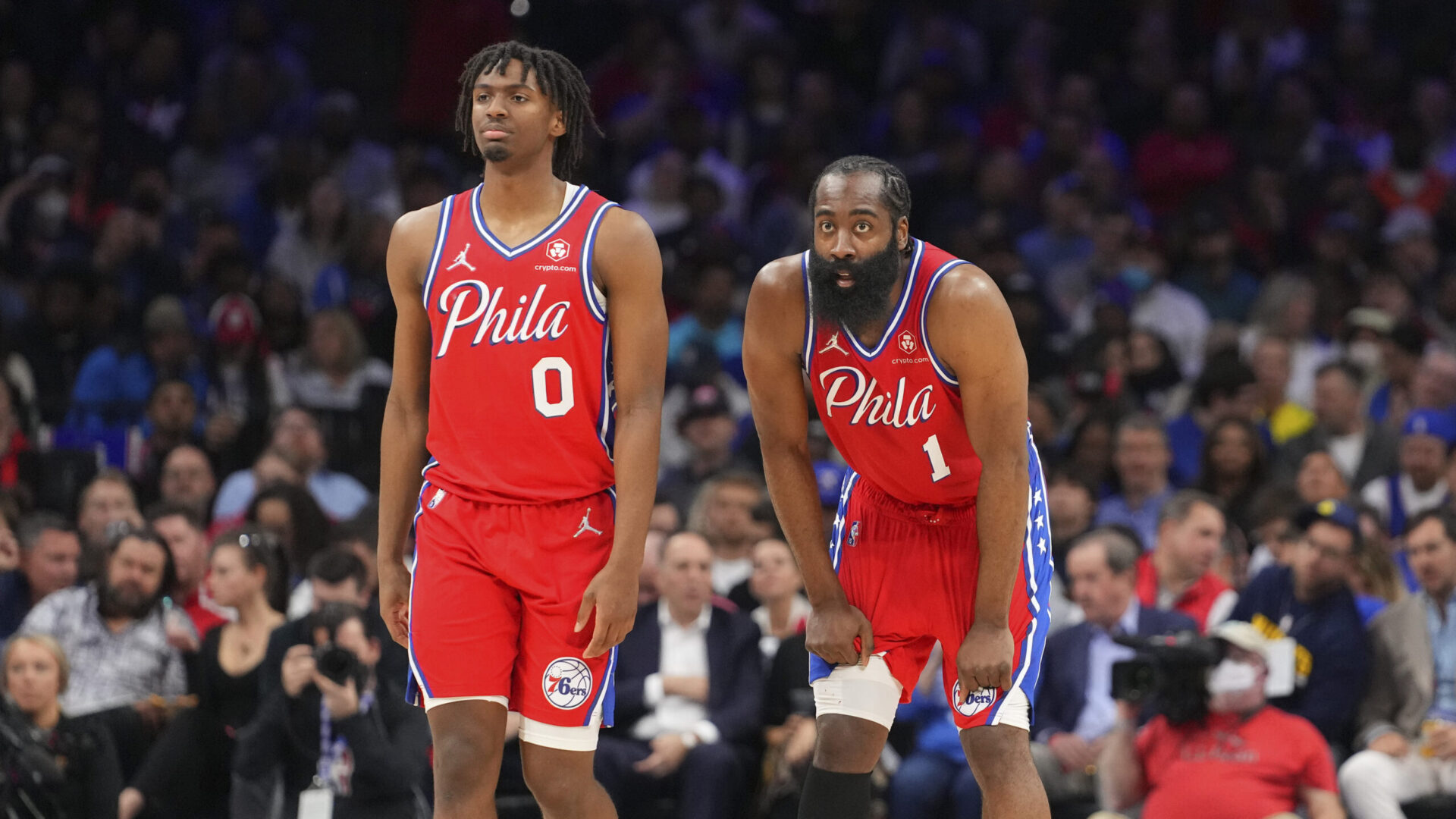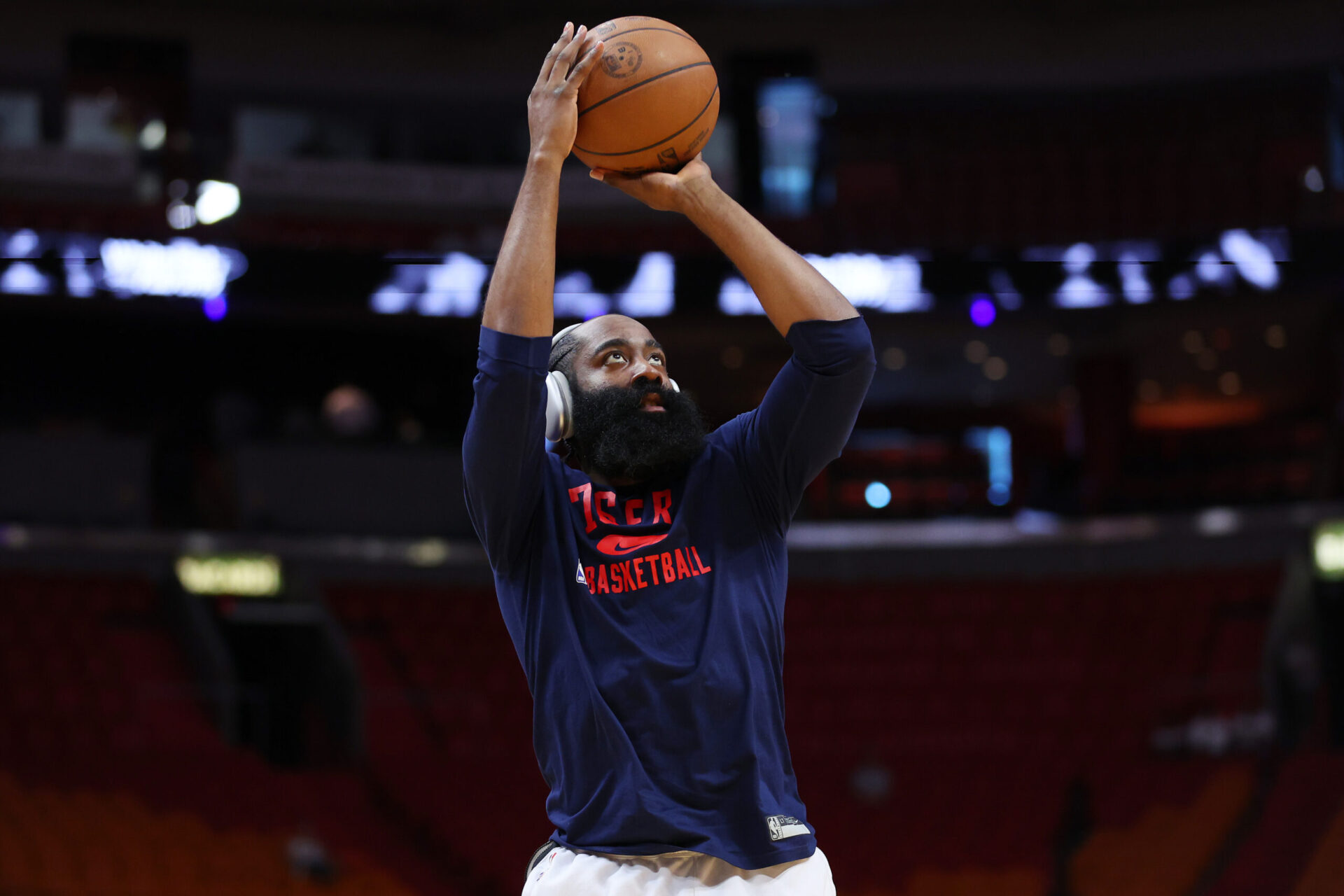What is cooler than the phenomenon that was Dr. J? Is it ice in a cold drink to a steel mill worker? A lozenge to soothe a throat battered from a cough? Is it wearing draws fresh from the freezer on a hot summer day? If you answered yes to any of these hypotheticals, then you are underestimating just how cool the man whose driver’s license reads Julius Wilfried Erving II truly was. He was a phenomenon and the first true basketball icon in the world. There is a great deal of anecdotal information surrounding his legacy, and several details and stories in his new. very honest autobiography, Dr J., but no one can truly appreciate him sight unseen.
Before the Doc, there were many great players birthed from the NBA prior to his arrival in the league in 1976. Wilt Chamberlain, Jerry West, George Mikan, and even playground legends with elevation that bordered on hesitation from the effects of gravitation like Connie Hawkins, the man Erving was compared to early in his career. But none combined style, grace, sportsmanship and athleticism quite like Julius. There once was a time when the conventional wisdom of the basketball elite stated that a player could not be flashy and effective at the same time. The philosophy of the day stated that these two concepts were polar opposites.
Whenever the world departs from a common mode of thought, it usually is because the foundations of that particular philosophy are dealt a severe dialectic blow. For the conservative-minded basketball elite, the Doctor was that game-changing blow. The common NBA fan of the 70s was starting to believe the hype stating all ABA players were disco-jivin' spoiled rich athletes with little respect for the game. At least, that was what they said in front of the cameras. Only the boldest would admit they felt the league was just too black.
Representing the disco lifestyle with pimped out clothing, adorned in gold medallions, and representing their African American roots with signature afros while sporting dashikis, Dr. J and his ABA brethren played the game with such a style that even the haters had to stand up and take notice. Despite rumblings of these players being "too black, too strong" the NBA and the ABA had a future together. Years of head to head competition caused both leagues to suffer financially and, despite the concerns of a few stuffy fans as well as some owners who agreed with them, Dr. J would become the paladin of a new era of NBA basketball.
Doc and his Philadelphia 76ers would play the Portland Trail Blazers in the 1977 NBA Finals with a team that was indistinguishable from an ABA team. It featured Darryl Dawkins, World B. Free and George McInnis, all of whom were considered elite. But they would eventually lose the series. Possessing class that was, at that point, unheard of, Erving convinced his unwilling teammates to go to the Blazers locker room to congratulate them. This act hammered home that type of individual he was.
He wasn't just cool for the sake of cool, he was just that way all the time. Calm, relaxed, and seemingly unaffected by situations that would cause other men to become emotionally unraveled. He was once described by a reporter as being "senatorial" in his demeanor. For young black men who loved the proper use of the English language, presentation and delivery in public settings, Erving was something less than a god, but more than a king.
At the dawn of the 80s, a more mature Julius Erving was the captain of a Sixers squad that was made in his image. It was his team, built around his strengths. But they would continually come up short, first to Magic Johnson and the Los Angeles Lakers (losing to them twice in the Finals), then to Larry Bird and the Boston Celtics before finally winning the title in 1983. Despite all that losing Doc never threw a teammate under the bus, never bitched about a coach, never complained of his burden.
The trash-talking finger-pointing egomaniacal players of the modern game seem to have lost those things that made the Doc so important to the league. It wasn't his afro, or athletic flair, but the timeless class with which he competed. When was the last time you witnessed a player who carries himself in such a dignified manner in any sport? Frank Deford, legendary Sports Illustrated writer said it best in 1987: "The Doctor was a teacher, a professor; the Doctor was a gentleman and a scholar." Indeed.



